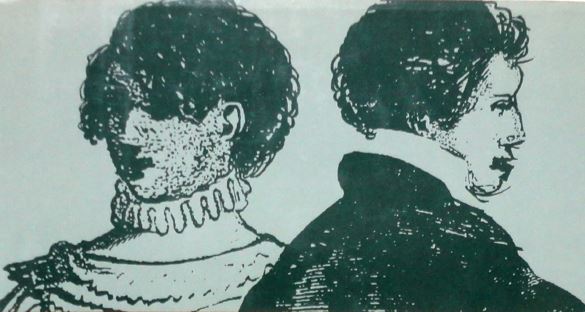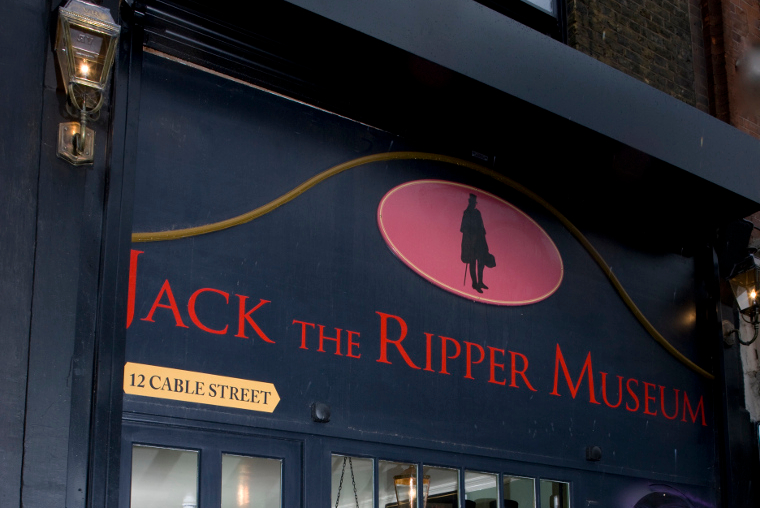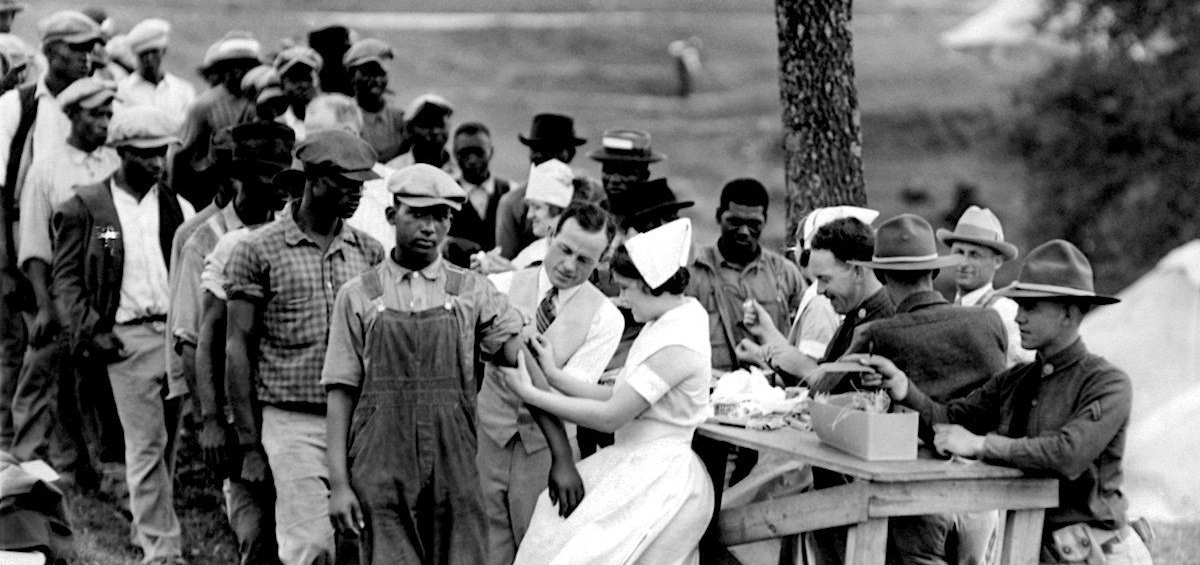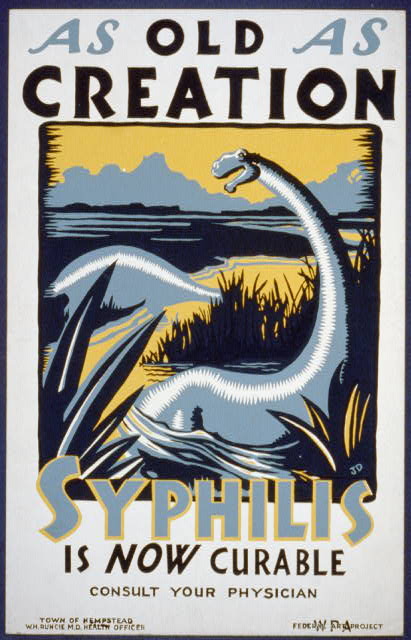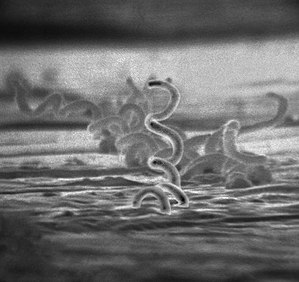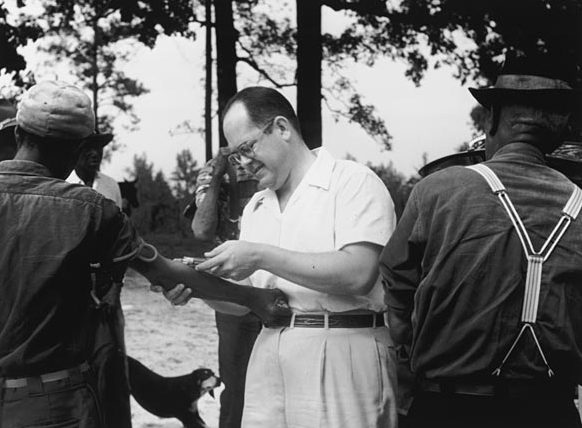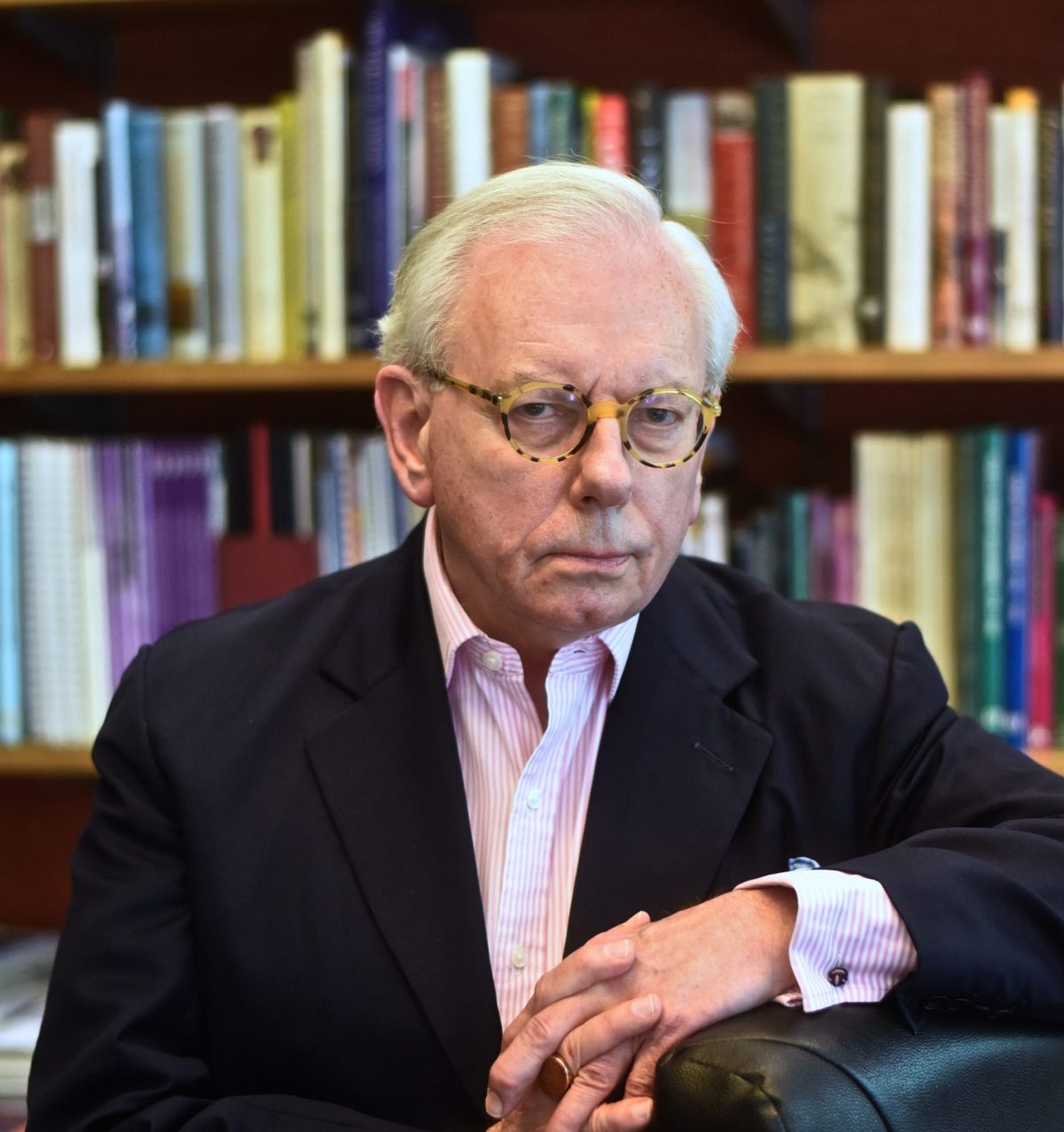Long read – 20 minutes
In 1980, historian and Mary Shelley expert, Betty T Bennett, was putting the finishing touches to part one of her soon to be released compilation of Shelley’s letters. Bennett had spent years dissecting the personal writings of Mary Shelley, she understood the nicknames, code words and in jokes that litter Shelley’s letters, in a way that few, perhaps bar Shelley herself, ever did. And yet, as she filed the final draft for her publisher something niggled at her. Within the mountains of letters that Bennett had sifted through, three of Shelley’s correspondents stood out; Walter Sholto Douglas, David Lyndsay and Mary Diana Dods. For all intents and purposes these three should have been little but footnotes; Walter was the husband of one of Shelley’s friends, David was a writer whose work had all but disappeared into literary history and Mary had been one of Shelley’s friends for a time. None had left enough of a lasting impact to justify research into their lives – but Bennett was sure that within those letters lay a secret she hadn’t been able to crack.
40 years later, I stumbled across this same mystery. I was doing initial research for an exhibition and combing through forums into Scottish family legacies, when I noticed a pattern; two separate people were frequently flagged as ‘ruining’ a family history. These being Mary Diana Dods and Walter Sholto Douglas. Two familial black sheep causing the same scandal to the same family at the same time – how could that be? It took me all of two minutes to unravel this mystery, thanks to the internet existing and also Betty T Bennett spending the decade following her discovery of the three separate letter writers uncovering the truth. Mary Diana Dods, David Lyndsay and Walter Sholto Douglas were in fact the same person. A person who was born Mary Diana Dods, worked as David Lyndsay and died as Walter Sholto Douglas. In 1991 Bennett published her research in the book, Mary Diana Dods, a Gentleman and a Scholar. According to Bennett, Mary Diana Dods was the illegitimate daughter to a Scottish Earl and a budding writer, Dods worked relentlessly to create a name for herself. Landing a place in literary circles, getting her work published under a male pseudonym (David Lyndsay) and even becoming a close friend of Mary Shelley. Still, the life that Dods wanted was one, that at the time, only a man could achieve, so she donned a beard and whiskers, got herself a fake wife and travelled to Paris to make a new name for herself, as Walter Sholto Douglas. An unsung crossing dressing pioneering feminist hero with a blockbuster worthy story? Of course I took the bait; after all who wouldn’t want to include such an amazing story in an exhibition? Plus, unlike most of my other work for the exhibition, the research here was pretty much done – easy win! So, for the next few days I sifted through Bennett’s research, fact checking and reading the few other academic articles that mention Dods.
What I found was not the easy win that I was hoping for. Though for the most part Bennett’s research was impeccable, something kept on niggling at me. Bennetts’s conclusion of this disguised heroine just didn’t fit in with the evidence on display. Was the reason that Mary Diana Dods started a new life and died as Walter Sholto Douglas not because of a grand plan to take on the patriarchy, but because of something far more simple but less easy to pin down – that Walter Sholto Douglas was a trans man? Dozens of articles online backed this theory up, but none showed their full evidence behind this. And if GCSE maths taught me nothing else it’s that you have to show your working. And so, that initial week I’d put aside to fact check, turned into a month’s long hunt, methodically going through every scrap of archival evidence that Bennett used, along with a few others that had become available since the 1980’s. Two historians, forty years apart, both looking at the same set of archival papers and research and coming out with two wildly different understandings.
‘An Alias for Mr’
Mary Diana Dods was born around 1790, gendered female at birth, they were the illegitimate child of George Douglas, 16th Earl of Morton; one of Scotland’s most prominent noble men. In a bid to avoid scandal, the Earl quickly sent Mary and his other illegitimate child, Georgiana, to London, where they were to be raised away from any suspicious eyes. Despite this duplicity, Mary was still expected to become the ideal noble man’s daughter; educated, pious and quiet enough to not cause a fuss, until they could be swiftly married off. Sadly, Mary was never going to fit that mould. From the minute they were old enough to join society, it became clear that Mary stood out. Socialite and author, Eliza Rennie, wrote of Mary that ‘Nature in any of its wild vagaries never fashioned anything more grotesque looking than was this, Miss Dods.’ Although Mary did suffer from long term illness (including what was likely a chronic pain condition), it wasn’t some kind of deformity that disgusted Eliza Rennie the most, it was how Mary dressed; ‘you almost fancied, on first looking at her, that someone of the masculine gender had indulged in the masquerade freak of feminine habiliments and that ‘Miss Dods’ was an alias for Mr.’ Mary wore traditionally male clothes and held themselves in a way that was typified as masculine. This was far from the norm but Mary never changed their attire or mannerisms, despite being labelled a freak of nature by the Eliza Rennie’s of the world. Yet, it wasn’t Mary’s outward appearance that should have caused the societal stir – it was her mind.
Mary was brilliant in a way that few people are. They were driven and passionate, determined to become a writer. In their early twenties, Mary started to write fiction under the pseudonym, David Lyndsay. Not much of Lyndsay’s work has survived, but what we do have includes some of their earliest work, which allows us a peek at a debut author who was extremely talented in a way in they hadn’t yet learnt to control. Reading Lyndsay’s stories is at times exhausting and yet always exhilarating, with dramatic tales that verge on the extravagant. Exploring life and death and love through a lens that plays with both gothic and classical literature. Lyndsay’s work was primarily published in Blackwoods Magazine, a literary paper that was known for having work by some of the day’s best writers in its pages. It was a natural home for Mary to write as David Lyndsay, with the publication regularly printing works by female writers working under male pseudonyms; George Eliot would later become one of Blackwood’s most well-known contributors. And yet, nobody at Blackwoods knew that David Lyndsay was a pseudonym. Mary took the unusual step of creating an entire alter ego that the editors of Blackwoods truly believed was real. Mary even tested their editor’s belief in David Lyndsay, by writing letters as Lyndsay to enquire whether Blackwoods knew which writers used pseudonyms (they did, and were happy to gossip to Lyndsay about it). Lyndsay’s façade was so successful that following the 1821 release of their epic serialisation, Dramas of the Ancient World, Blackwood’s publisher, William Blackwood, was impressed enough that he started trying to meet the enigmatic writer, enquiring to colleagues and friends on if they’d met the young man.
David Lyndsay was fantasy, but not total fiction. In their letters to Blackwoods editors, Lyndsay was open about his personal life, speaking of an oppressive hard to please father and his troubles securing a steady income – these weren’t lies made up by Mary Diana Dods, but a reflection of their own life. Similarly, when Lyndsay boasted that he was a member of London’s uppermost literary circles, this was also true. Most of the early accounts we have of Mary come from such soirees; they aren’t the centre of things, but they are on the fringes. It’s through these Lyndsay letters that a person who’d later become a major player in the Walter Sholto Douglas mystery emerges – Mary Shelley, author of Frankenstein and literary wunderkind.
Mary Shelley and Mary Diana Dods ran in the same literary circles, both often cited at the same parties in varying letters and accounts. By the mid 1820’s the pair appear to have become friends and this in itself accidentally created a long mystery for historians. Sometime between 1824 and 1827 Mary Shelley started to receive letters from M.D Dods. The language used made some historians initially believe the letters came from a man, as did the seemingly flirtatious tone. Betty T Bennett actually fell into this camp, spending months trying to work out if Dods was theological writer, Reverend Marcus Dods and if he and Mary Shelley were lovers. The truth eventually came out thanks to Bennett’s later analysis of these letters alongside David Lyndsay’s Blackwood’s letters. The D’s used in the signatures are a perfect match, same flowing cursive and hand writing style; both letters coming from the same person – Mary Diana Dods.
There’s no evidence to back up the theory that Mary and Shelley were lovers as first suspected. But the pair were close friends to the extent that Mary let Shelley in on her secret alter ego – David Lyndsay. Mary Shelley became a key player in Lyndsay’s letters around 1824-1825. He describes her as his first ‘literary friend’, a person who reads his works and urges him to press his pieces for publication. By the late 1820’s Shelley even starts sending out Lyndsay manuscripts herself. And although Mary Shelley was somewhat of a gossip, in none of her letters to friends does she ever reveal the identity of David Lyndsay. She praises his work, but never links Mary Diana Dods to him. In Shelley, Mary appears to have found a true friend. Somebody that understood them and allowed them to be themselves. But away from this safe haven Mary had to continue keeping much of their life a secret. In an 1822 letter to their father Mary lies about the writing work they are doing. At this point David Lyndsay was cementing a name for himself in the literary world, but instead of telling their father outright about Lyndsay, Mary appears to test the waters, saying that they have written a few literary criticisms under a false name, before backing away from the subject entirely. It’s likely that Mary was worried about the financial repercussions of their father discovering the true extent of their writing work. George Douglas sent Mary a small line of income, but despite Douglas’s wealth, it was a fractional sum of money that Mary had to top up through their writing work. However, if this steady cash flow was cut, then it would have placed Mary in financial straits. Mary wasn’t living up to the expectations that had been laid down for them at birth – Mary’s masculine attire and mannerisms had caused a stir and they actively avoided the marriage market. Thanks to their choice to stick to the fringes of polite society they weren’t a total social pariah, but they were still thought of as, in Eliza Rennie’s words, ‘a masquerade freak’. Mary Diana Dods wasn’t the daughter their father wanted but he tolerated them, however if the boat was rocked any further then the roof holding up Mary’s life could very well fall in.
Which is perhaps why the best idea we get of Mary’s personality comes from David Lyndsay’s letters to his Blackwoods editors. Beyond a focus on their physical appearance, not much is said about who Mary was in accounts of London’s social scene; they are an intelligent wallflower who is friends with Mary Shelley. But in Lyndsay’s letters we come to know an erudite deeply passionate person with a wicked humour and take no bullshit attitude. This also comes across in M.D Dods letters to Mary Shelley and it seems that Mary Diana Dods could only be themselves when they were in the safe company of their closest friends or hidden behind the literary enigma of David Lyndsay. Through Lyndsay Mary had created a space where they weren’t the ridicule of ideal gossip, but valued for their work, opinions and personality. That’s why it’s surprising that in 1826, Mary creates a second pseudonym. Douglas Sholto has two back-to-back pieces published in Blackwoods in July and August of 1826. Once again, when you place the letters to Blackwood’s from Sholto alongside Lyndsay’s, those all-important fluid ‘D’s’ are a perfect match to Mary Diana Dods handwriting. But it’s what happens next that makes this second pen name so interesting – during the publishing period for Douglas Sholto’s work, the Blackwoods submission pile recieved an unexpected letter from a young aspiring writer called Isabella Sholto, who casually mentions that the editor may know her husband; Douglas Sholto.
Isabella Sholto wasn’t another pseudonym, but a real person. Born Isabella Robinson sometime around 1810, Isabella was a well to do girl about town and a friend of Mary Shelley. Lauded for her beauty as much as she was cautioned for her flirtatious manner and willingness to ‘tell stories.’ In early 1826 rumours were rampant that the teenage Isabella had gotten pregnant out of wedlock and that the father of her child had fled the scene. A few months later the Blackwoods letter from Isabella Sholto appears. So, what happened? The trail goes cold for almost a year, until in a series of letters starting on 28 July 1827, Mary Shelley sheds some much needed light on the situation.
Shelley is staying with Isabella, who now goes by Isabella Douglas, is married and has recently given birth to a baby girl (Adeline). On 28 July, Shelley tells her friend, Jane Hogg, that Isabella is well but ‘anxious about D, from whom, we had a most melancholy letter this morning.’. The ‘D’ Shelley is referring to must be Mary Diana Dods, who Shelley refers to in other letters as ‘D’ alongside M.D Dods and Doddy. On 10 August Isabella is still feeling low, however Shelley hopes that she may soon perk up as ‘within a few weeks her husband is coming, they are leaving for Paris…’ the identity of Isabella’s husband is revealed in another letter to Jane Hogg on 17 September. ‘Doddy’ is set to join Isabella and Shelley in a few days, after being away at their father’s funeral and will reading. However, Shelley is concerned that Isabella is still unwell and hopes she will recover enough to ‘be a little in good looks for the Sposo’. Sposo being, the Italian word for husband.
Between our last glimpse of Mary Diana Dodds in 1826 and their arrival to Shelley and Isabella in late 1827, three major things have happened. Mary has changed their name to Walter Sholto Douglas. He is also now living openly as a man and is married to Isabella.
Finding Walter
Frustratingly we know very little about what happened to Walter between the late spring and summer of 1826 and his arrival to Mary Shelley and Isabella Douglas in September 1827. His father had died, leaving him some, but not much money. He was married to Isabella, if not legally, then publicly and the pair were planning to move to Paris with Isabella’s daughter. However we do get one nugget of information, courtesy once again of Mary Shelley. And it’s from this small piece of infomation that Betty T Bennett starts to form her case for Walter Sholto Douglas being a disguise for Mary Diana Dods. In a letter to her friend Jane Hogg on 28 August 1827, Shelley mentions that prior to the move to Paris, the Douglas’s are putting thought into Walter’s wardrobe and that she is ‘glad for pretty Isabella’s sake, that D now seriously thinks of ‘les culottes’’. For Betty T Bennett this is a crucial piece of evidence; highlighting Mary Diana Dods plan, to travel to France to with a fake wife and disguised as a man, in a bid to sieze oppurtunies that a woman could not. So when Mary Shelley says she is pleased ‘that D now seriously thinks of ‘les culottes’’ she is saying that she is pleased Dods has agreed to the plan of cross dressing as a man. However, there is another more logical reason for Shelley’s fixation of ‘les culottes’. Beyond the fact that we know that Mary Diana Dods was already known for dressing in typically male attire (not to mention that in the 1820’s breeches or culottes were slowly falling out of fashion) Shelley’s specific use of the French term for breeches suggests something else entirely. A term that took off in early 1790’s France, Sans-Culottes was an identifier for common people and those that had an actively militant role in the French Revolution. Technically it refers to working class men who wore trousers or pantaloons as opposed to the breeches (or culottes) favoured by aristocracy. However, it soon became a bit of an all-encompassing term; wearing a Phrygian cap or revolutionary colours and emblems, or just being heavily involved as a revolutionary. Post 1794, ‘San-Culottes’ were villainised in international media, seen as being perpetrators of the reign of terror and emblematic of violent working-class poor. Although the Douglas’s were moving to France in 1827, the stink around sans-culottes remained and so it’s very likely that when Shelley says she is glad ‘that D now seriously thinks of ‘les culottes’’ she doesn’t mean she is glad Dods is agreeing to wear male clothes, but that Walter is putting thought into if he wears pantaloons or breeches, because Isabella is concerned about accidentally causing a fashion faux pas.
Aside from avoiding social missteps, with Walter and Isabella reunited they wanted one additional thing before they could start their lives in Paris – brand new documentation. Mary Shelley immediately got on the case, creating quite the illegal and dangerous plan. In late September 1827, Shelley wrote to her friend and actor, John Howard Payne and asked him if he would help acquire new documents for the Douglas’s. The only way to legally do this, would have been to have the individuals in question apply for the documents in person themselves. However, to have Walter do that would have been risky, after all, in London he was still known as Mary Diana Dods. Instead, Payne dressed as Walter (using a description given to him by Shelley) and roped in a young woman to pretend to be Isabella. The actors then applied for new documents, signing with signatures that Walter and Isabella had posted to them in advance. The scheme worked and by 1 October 1827 Mary Shelley was profusely thanking Payne for his work.
By November 1827 the Douglas’s were settled in Paris. Things appeared to be going well for them. We can trace their early lives in Paris thanks to letters sent by Harriet Garnett to Julia Garnett Pertz (these form part of a larger collection of letters mostly housed in Harvard’s archives) Harriet discusses visiting Walter and Isabella’s home, being charmed by Isabella and praising Walter as a clever and warm husband. As the months progress, Garnett happily reports on how well the Douglas’s are settling into elite Parisian society; attending salons and soirees and even becoming friendly enough with General Lafyette that they later introduced him to Mary Shelley when she visited the city in the spring of 1828. It’s the perfect picture of a charmed existence, but underneath the surface, cracks were starting to form.
In Britain Walter had been financially struggling. His monetary straits a regular topic of conversation in David Lyndsay’s letters to his Blackwoods editors. And although his father had died, he wasn’t left a great fortune; just enough to help set up his and Isabella’s new life in Paris. So how on earth were the couple getting enough money to start climbing Paris’s social ladder? According to Betty T Bennett, the whole point of Mary Diana Dods donning a male disguise and moving to Frances, was to seize wealth and opportunity that only men could have achieved then. Bennett frequently citing that Dods planned on becoming a diplomat. If that was the case, then what was Walter doing? Certainly, not being a diplomat. In fact, these diplomatic dreams are only mentioned once, in an 1827 letter from Harriett Garnett, in which she says that at a party Walter said it was something he might be interested in doing. Other than that, Walter doesn’t seem to have pursued any job opportunities. His writing certainly wasn’t supporting the couple financially, Walter appears to have only had two pieces of work published following his move to Paris both published under ‘David Lyndsay’, one in 1827’s Forget Me Not, a compendium of work by leading writers and another in an 1828 collection of work. It’s possible that Walter was now writing under a different, unknown, pen name, but based on the steam he had built under Lyndsay, this seems unlikely.
Instead, it appears that Walter became very sick with Garnett noting his sudden ill health in the last days of 1827. He appeared visually weak and in constant pain. We know from Eliza Rennie’s account of meeting a younger Walter (then known as Mary Diana Dods), that he had some kind of long-term illness, Rennie describing ‘that worn and suffering look in her face which so often and so truly – as it did poor thing, in hers – tell of habitual pain and confirm ill health. Her figure was short and instead of being in proportion was entirely out of proportion – the existence of some organic disease aiding this materially.’ So, it seems probable that Walter’s pre-existing condition was getting worse and he may have been unable to work. Meaning that the Douglas’s almost certainly funded their lifestyle through loans and credit. With Walter ill, what was Isabella doing? Having an affair.
We don’t know if Walter and Isabella were together for love or for convenience. The latter would seem the most likely. In London, Isabella was a fallen woman, now with a young baby she birthed out of wedlock. So, did she and Walter move to Paris in part to regain her societal status? Both would have gained something from the arrangement; provided with a fresh start. It’s possible, but it’s also worth remembering that the couple didn’t make their move to Paris until late 1827, a year after not only Isabella’s pregnancy, but the first known instance of her citing herself as Walter’s wife. And we know that although Isabella told the editors of Blackwoods she was married to Walter, this was not public knowledge. Walter didn’t live openly as a man until the autumn of 1827. So there appears to be little logic for Isabella living in a secret marriage for a year when the goal of entering that same marriage would be to save her reputation. Which leaves the other option – that Isabella and Walter did in fact have feelings for each other. We know through Mary Shelley’s letters that the pair were close and that they clearly cared deeply for one another – but does that constitute love? Without any evidence that comes direct from either Walter or Isabella, we may never know.
Still, whatever the Douglas’s true feelings for each other, by 1828 Isabella was playing away. In February that year Harriet Garnett writes of how scandalised she was to see Isabella openly flirting with a man that was not her husband. The man in question was one Mr Hallam and within weeks the pair were engaged in a full-fledged affair. Outraged, Harriet Garnett cut off her friendship with Isabella, which frustratingly means that for the next few months of 1828, we are without a clear source to tell us about the Douglas’s lives. However, Harriet does still occasionally mention Isabella, which is how we know that in the early summer of 1828, she was engaged in another affair, this time with the philosopher, Claude Charles Fauriel. This liaison was more dangerous as Isabella wasn’t Fauriel’s only lover. He was also engaged in a relationship with British born starlet of the Paris social scene, Mary Clarke. Unsurprisingly, Clarke was not a big fan of Isabella, writing to Fauriel in August 1828 that she would never deign to speak to Isabella’s name to him as Isabella meant nothing…. but that Fauriel should break up with Isabella immediately. He, of course, didn’t. So a few months later, in November 1828, Clarke resolved to take down her rival through the most 19th century weapon possible – gossip. In a series of letters, we see Clarke embark on a campaign to smear Isabella’s reputation. As Isabella’s affairs with Hallam and Fauriel were already publicly known, Clarke focuses on suggesting that these aren’t the only affairs, painting Isabella as a scandalous jezebel. The Paris rumour mill started to spin with tales of the pretty young wife who took lovers whilst her husband sat in the next room. Just like that, the Douglas’s reputations were ablaze.
Despite this, Fauriel and Isabella continued their affair. But what about Walter? Not much thought seems to have been given to him either by Clarke in creating her plan, or in its aftermath. Once more, Mary Shelley fills in the blanks. Prior to the Clarke debacle of winter 1828 and after Shelley’s spring trip to Paris to see the Douglas’s, in June 1828, Mary Shelley is back in England and recovering from Smallpox. Somehow despite being in France, Isabella has once again become the subject of London gossip, though surprisingly not for her Parisian affairs. In a flurry of letters beginning in early June, we find that Shelley’s friend, Jane Hogg, is determined to seek revenge on Isabella after discovering that Isabella told Shelley that she was gossiping about Shelley behind her back…which she was, but didn’t think it was Isabella’s place to tell. Shelley tried to placate her friend, by writing that Isabella is going through suffering that ‘transcends all that imagination can convey.’
Finally in a letter dated 28-29 June, we hear about Walter and it is not good news. Once more Shelley is trying to stop Jane Hogg from targeting Isabella; ‘she shrinks like a wounded person from every pang and you must excuse her on the score of her matchless sufferings. What D. now is, I will not describe in a letter, one only trusts that the diseased body acts on the diseased and that both mind and body will be at rest ere long.’ Betty T Bennett see’s this as a crucial indication that Walter is now a monster; abusive and cruel, writing in her 1991 book, ‘It appears that the fair Isabella suffers from mistreatment from a husband sick in body and mind…he was obviously no longer ‘dear doddy’ to Mary Shelley or his wife.’ On the surface, this makes sense, however there are some key flaws here. Shelley is referring to Walter as he was when she last saw him a few months prior, however just days before writing this letter, on 22 June, Shelley is not only forwarding David Lyndsay’s work to publishers but singing his praises as she does. Would she do this if Walter was abusing his wife and her friend, Isabella? Walter is also not mentioned in any of Shelley’s previous June 1828 letters to Jane Hogg, where in describing Isabella’s suffering she doesn’t mention Isabella’s husband at all, more likely referring to the multiple scandals surrounding Isabella’s affairs and her recent loss of friends such as Harriet Garnett due to this. We also know that during Shelley’s visit to the Douglas’s in spring 1828, she was accompanied by Isabella’s father and sister, neither of whom raise any concerns over the Douglas marriage. Again, we can’t know what goes on inside a marriage, but aside from this one sentence, there are no other mentions of Walter ever being abusive, violent or controlling.
What we do know is that the diseased body Shelley is referring to is certainly the same condition that Harriet Garnett mentioned at the end of 1827. It’s clear that Walter’s already ailing health was now at a critical point. We also know from Eliza Rennie’s earlier account that aside from chronic pain, Walter’s condition manifested itself physically, which could explain why Shelley won’t describe what ‘D now is’. It’s just as likely then that when talking of Isabella’s suffering, Walter’s rapidly deteriorating health was a part of this. When it come to the ‘diseased mind’, it’s probably unsurprising that there are multiple indicators that alongside his body, Walter’s mental health may also have been suffering. The accounts of the bright and erudite man fade away, as Walter remains at home. Though Isabella is frequently spotted out and about, Walter is not and on the few occasions where he is noted to be at a party, he remains quiet and to the side. His health was failing, his writing career stalled, he was drowning in debt and publicly framed as a cuckhold. In the aftermath of Mary Clarke’s plan to destroy the Douglas reputation in November 1828, he drops out of our historic lens, likely at home, isolated, in pain and slowly dying.
The end of the trail
The next we hear of Walter comes a year later on 24 November 1829, through a letter from Mary Clarke to Claude Charles Fauriel. Clarke has some news for Fauriel; Walter is in debtors’ prison, not only that but he has asked a mutual friend to bring him a fake moustache and whiskers. Clarke finds this hilarious, for her Walter’s tragedy is just anouther throwaway funny anecdote.
This is the last we hear of Walter Sholto Douglas. The trail runs cold, with Walter alone in a debtor’s prison far from home, where he died sometime in late 1829 or early 1830.
Walter’s last known request, for a moustache and whiskers has been poured over, not only by Betty T Bennett, but as a frequent citation in academia into the history of facial hair (yes, that is a real thing). Bennett reads the request as final proof of the monster that Mary Diana Dods had become, totally uncaring of the situation they had found themselves in or of the circumstances of those around them. On top of that, Bennet writes; ‘Dods had all but lost her mind. And having lost her mind, perhaps no longer knowing whether she was a man or a woman, why not adorn ‘himself’’. It creates a gothic picture, worthy of one of David Lyndsay’s own stories. An ambitious woman who gambled everything to create a fake life as a man, only to become lost in their own illusion, transforming into a cruel uncaring monster who died alone believing in the very web of lies that they created. It’s an amazing story from history that has Oscar bait written all over it – but it only works if you totally overlook fact.
Time and time again in her research Betty T Bennett doesn’t acknowledge simple facts that would disprove her theory, despite almost all of these being included in her own research. Long term illnesses are conveniently forgotten, vast ambitions of becoming a diplomat fuel a person, even though they were mentioned once. Patterns of behaviour of masculine dress and mannerisms are tossed aside to bolster the idea of a woman who suddenly chooses to ‘dress as a man’. So much work is being done to force a narrative that simply does not hold up. If the plan was to chase success, then why would Dods choose the name Walter Sholto Douglas to start a new life instead of the existing David Lyndsay? Why does Walter insist on getting entirely new documentation to travel to Paris, despite the risk in doing so when they would have been able to legally go to France without these? And when their sickness became worse and their plan to beat the patriarchy failed, why did they not simply return back to the safety of their friends in Britain? When you take into account every facet of archival evidence and look at the picture as a whole, the answer is simple – because Walter Sholto Douglas was very likely a trans man. He doesn’t take the name David Lyndsay, because it’s not his true identity, he fights for new documentation so he can hold proof of who he now is, he stays in Paris because to go back home, would mean reverting back to Mary Diana Dods.
Betty T Bennett not coming to this conclusion is understandable. She did her research in the 1980’s when historical research into queer culture was few and far between and a prevalent historical school of thought was that queer history didn’t exist before the LGBTQ+ rights movement; that no person in history could have been trans before this. After all, there was no language for it, it wasn’t a medical or social concept and how could a person possibly be transgender without having the medical technology that would allow for gender reassignment surgery? This is, of course, a school of thought that is incredibly outdated not to mention patently incorrect. Today the general consensus within science and medicine is that identifying as trans is something inherent in a person, part of the structure of their brain. It’s not something a person can choose to be, it’s something you are. Similarly, multiple bodies and charities, such as Stonewall, make it clear that you do not need to have gender reassignment surgery to be trans. This means that we can be certain that history is littered with people who would today identify as trans.
And yet, the debate over gender within history remains a hot button issue, perhaps most notably in the case of Dr James Barry. Born a few years after Walter Sholto Douglas, in 1789, Barry was gendered female at birth, however he lived his adult life as a man. He was a pioneering surgeon in the British army where, among other achievements, he improved medical conditions in army hospitals. It wasn’t until his body was autopsied following his death in 1865, that Barry was ‘found to be female’. Despite identifying as a man in life, in death, Barry become everything but. He has been called intersex and a feminist hero, but it is a rarity for Barry to be called a trans man, or simply, a man. In 2019 the release of a new book on Barry, The Cape Doctor by E.J Levy, fired up the debate all over again. Levy described Barry as a heroine and in response to criticism she replied that ‘There’s no evidence Barry considered herself trans; she dressed as [a] man as needed to be [a] soldier, doctor … Shifting readings of her body are what my novel wrestles with; it’s been taken into account; I use she/her as her biographers do.’. Same argument, different decade. But, in a way, Levy is absolutely correct here – prior to 1910 when Dr Magnus Hirschfeld published Die Transvestiten, there wasn’t any real language or exact terminology to explain understandings in gender non conformity or difference. So of course, it is incredibly unlikely that as a researcher you’ll find a figure from history prior to this who outwardly says ‘I am trans.’ This is very much the case for Dr James Barry and for Walter Sholto Douglas. We can’t say for certain that they were trans, because they never said it themselves, but we can assess if it is a possibility.
It’s no wonder that Betty T Bennett didn’t look into this possibility in the 1980’s – there were so many factors in play against that. But that isn’t the case today. Because with new knowledge and research comes a better understanding of not only who we are now but who we were. That’s what makes history so exciting, it’s ever changing. Truly nothing is set in stone. A lost diary can be stumbled upon, a hidden secret can be found buried deep in the dirt and medical and scientific advancements can led to truly game changing discoveries. And that’s what Walter Sholto Douglas’s story could be, game changing.
Walter’s story is unique in that because so many of his friends have been folded into the historic canon, we can catch glimpses of his life through multiple archives. And just judging from my own research, I’m fairly certain there is more out there; perhaps we’ll find it by combing through more of the Parisian social sets letters, or we’ll find even more ‘lost letters’ of Mary Shelley or maybe we’ll discover Walter’s own diaries. Whether it’s in the next year or centuries down the line, I truly believe that with more work and research one day we will hear Walters’ full story. And in the meantime, I hope that we can put whatever societal agendas we might have aside to look at the research and respect Walter. He was very likely a trans man. Above all, he was a person, a talented brilliant person, who faced illness and adversity and yet never stopped trying to build the life that he wanted to live. That will always be worth celebration.
*I have used several different pro-nouns to address Walter during this piece. I did this for ease of understanding as Walter went by several different names during his life. I have used ‘they’ for Mary Diana Dods (apart from when citing Bennett’s work) and ‘he’ for Walter once he started living openly as a man, as well as for David Lyndsay.


